Experience the roller coaster of the gaming world
Experience the roller coaster of the gaming world
Latest on Blog

How to Play Dead Cells Effectively: Build Smart, Survive Longer, and Progress Faster
Learn how to play Dead Cells effectively by choosing strong builds, mastering dodge and parry timing, learning enemy patterns, managing risk, and upgrading wisely to progress further and survive longer each run.
December 25, 2025

How to Play Project SEKAI Effectively: Improve Timing, Accuracy, and Rhythm Control
December 25, 2025

Metaphor: ReFantazio – When Class Choice Becomes Ideology
December 25, 2025

The Jackbox Party Pack 11 – When Social Pressure Becomes the Real Game
December 25, 2025
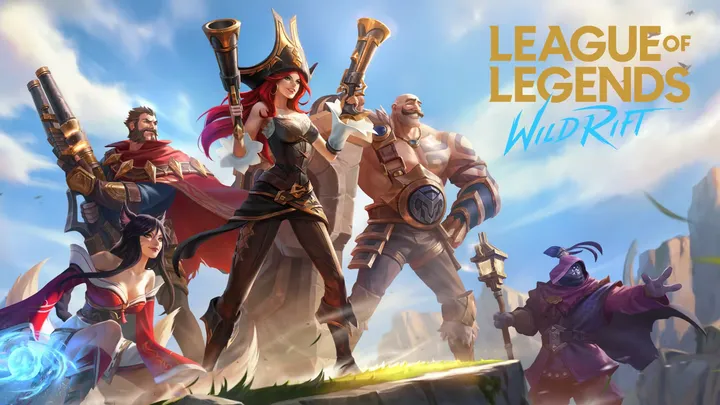
League of Legends: Wild Rift – Complete Tips & Guides to Master Lanes, Champions, and Ranked Play
December 25, 2025

Whiskerwood – When Cute Aesthetics Mask the Weight of Colony Survival
December 25, 2025
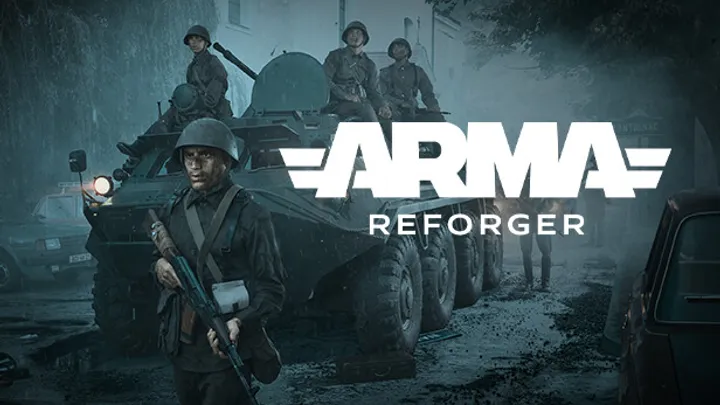
Arma Reforger – Complete Tips & Guides for Tactical Survival, Teamplay, and Realistic Combat
December 25, 2025
Latest review
Editor Choices
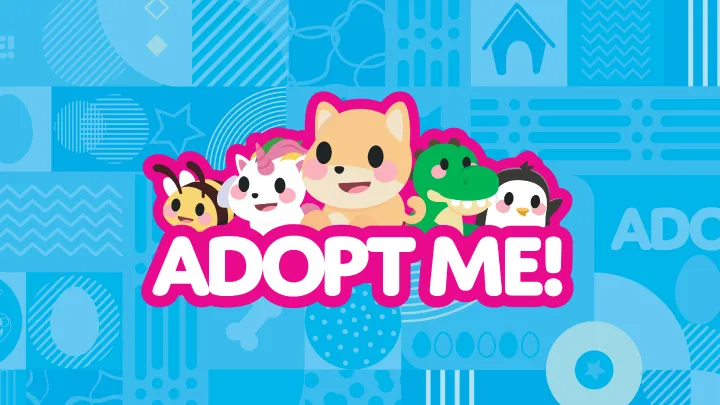
Adopt Me!
Adopt Me! delivers a vibrant social simulation with its pet-raising mechanics and community-driven roleplay, celebrating the joy of virtual adoption.
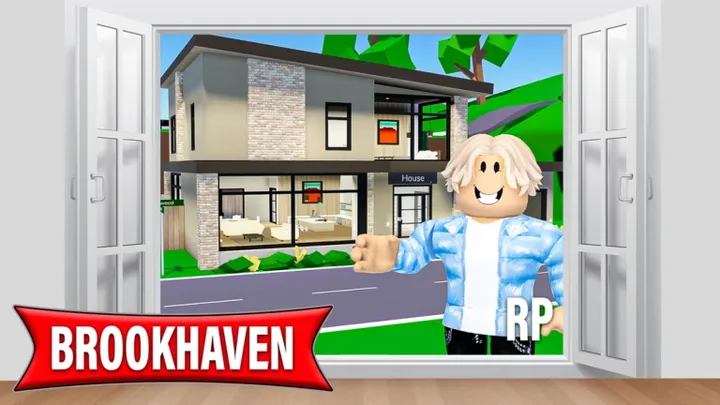
Roblox: Brookhaven
"Brookhaven" is an engaging and immersive multiplayer RPG that successfully combines exploration, social interaction, and customization.
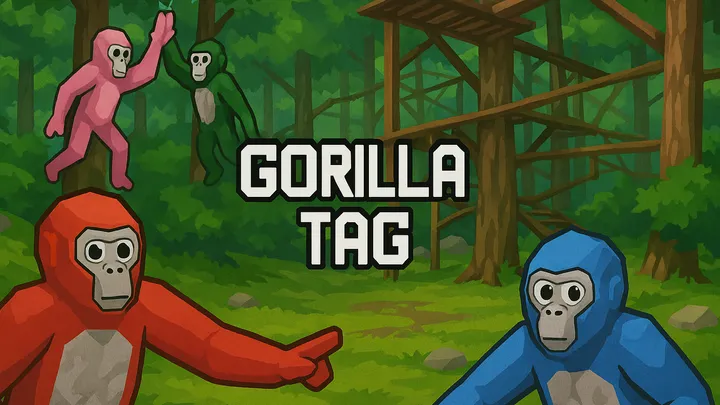
Gorilla Tag
Gorilla Tag is a unique VR game with arm-based movement, fast-paced tag gameplay, a creative community, and lively social interaction
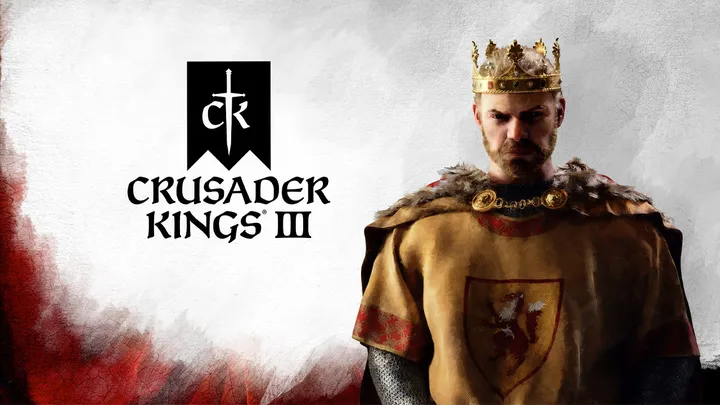
Crusader Kings III
"Crusader Kings III" is a masterful blend of strategy, storytelling, and character management that successfully builds upon the legacy of its predecessor.
Welcome to searchtopgame.com, your compass for comprehenscoupled with the latest industry news. Our mission is to provide you with insightful analysis and valuable insights, enriching your digital journey.
Latest Reviews
Contact Us
© 2025 searchtopgame.com - All Rights Reserved